First launch of Haier dishwasher
 Buying a brand new dishwasher is a joyful event, after which you want to start washing the mountain of dirty dishes that have accumulated specifically for the purchase of a “home helper” as quickly as possible. But if you want the equipment to serve you for many years, then the first start of the Haier dishwasher must be carried out strictly according to the instructions, observing all the details. It is these important nuances that we will talk about today.
Buying a brand new dishwasher is a joyful event, after which you want to start washing the mountain of dirty dishes that have accumulated specifically for the purchase of a “home helper” as quickly as possible. But if you want the equipment to serve you for many years, then the first start of the Haier dishwasher must be carried out strictly according to the instructions, observing all the details. It is these important nuances that we will talk about today.
Getting ready for the very first wash
First of all, you should always carefully inspect household appliances from all sides after unpacking - this will allow you to immediately detect possible damage and either return the equipment back to the store or use service repair. If the equipment is in perfect condition, then you can proceed to checking the equipment, dismantling the plastic protective clamps, installing and turning it on.
The machine must stand on a flat surface and not wobble, so check this point carefully.
The main thing is not to rush to start the washing machine for the first time, because it must first complete an idle working cycle. Such a test is needed for several reasons. Firstly, washing without dishes will clean the inside of the device, which may have gotten into dirt, oil, dust and small debris during assembly at the factory. Secondly, the absence of foreign elements in the washing chamber will allow you to evaluate the operation of the device, see all the stages of washing in detail, make sure that water stably enters the washing chamber, heats up, completely goes down the drain, nothing leaks or fails.Finally, an idle start will show that the installation is correct, because even a minimal deviation from the horizontal level can cause unnecessary noise and vibration.
Chemicals for the first wash
After installation, you can load the dishwasher, but not with dirty dishes, but with household chemicals, because turning it on is impossible without special detergents if you do not want to damage anything. For the test according to all the rules we will need:
- detergent;
- rinse aid;
- special salt for PMM.
With the first, everything is simple - these are standard household chemicals, thanks to which household appliances successfully remove grease and other contaminants from tableware. There are three types of detergents: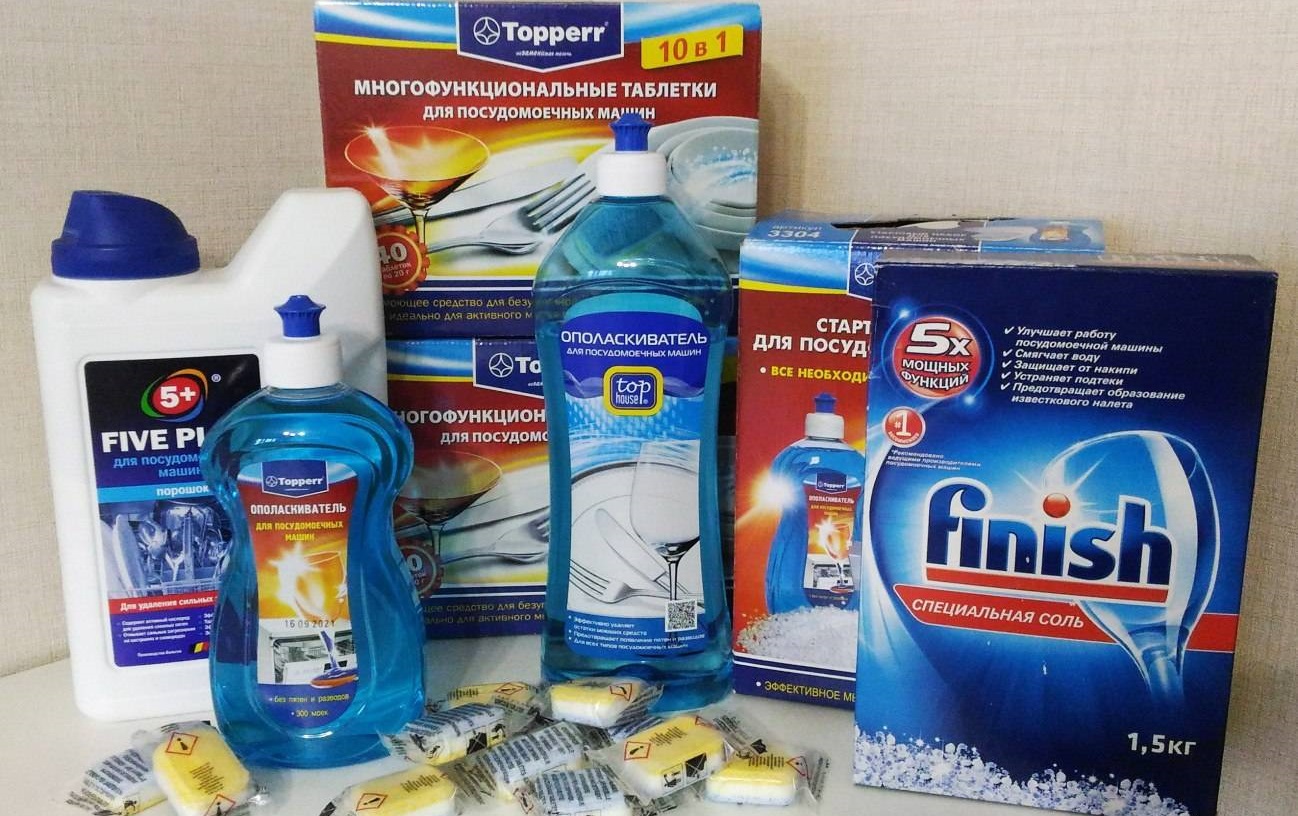
- liquid in the form of a gel or balm;
- powder;
- tablets and capsules.
Each type has its own advantages, so different users choose different products for themselves. Tablets and capsules are very convenient to use, because one piece is designed for exactly one working cycle. However, this is the most expensive type, and it is also difficult to use in situations where a half-load mode is needed.
The powder is much cheaper than the tablet type and can be used more economically by adjusting the consumption depending on the amount of dirty dishes, but it is more difficult to store. The same can be said about liquid gels, which, like powder, need to be loaded into a special tank located on the dishwasher door.
Rinse aid is necessary so that streaks do not appear on clean dishes after a working cycle, and glass items begin to shine gracefully. In addition, this type of household chemicals allows you to speed up the drying process of tableware, which is good news.You need to pour the rinse aid into the dispenser, which is located next to the detergent reservoir.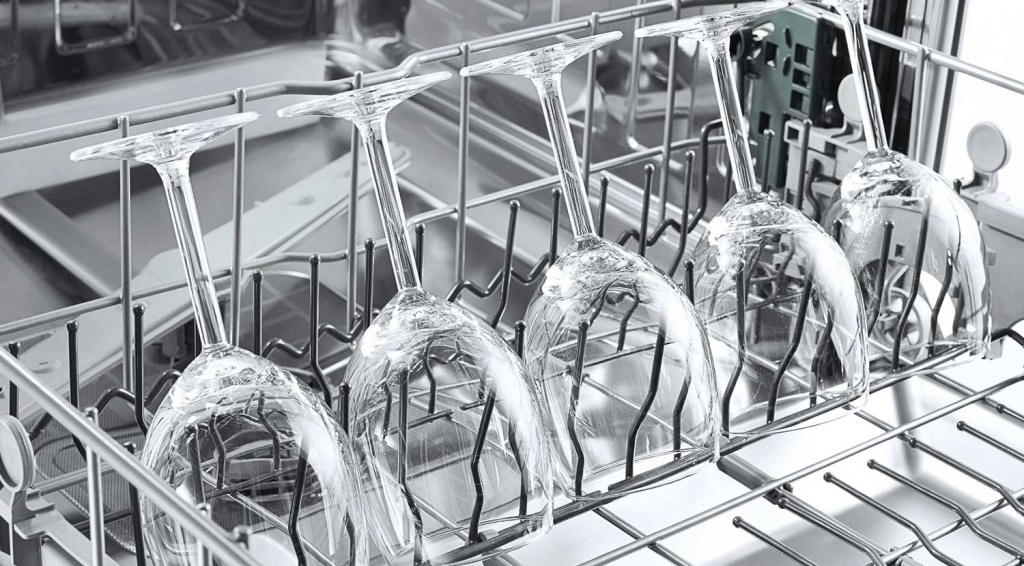
The last one is apparently a special salt that helps the dishwasher's ion exchanger soften hard tap water. It is large salt crystals that regenerate the resin in the water softener, preventing scale and limescale from forming on the key components of the PMM. You need to pour this salt into a special hopper installed at the bottom of the washing chamber. Sometimes housewives pour ordinary table salt into the salt bin, which is found in every home, but this is fundamentally wrong. Why can't this be done?
- Special regenerating salt and regular salt have different compositions; the former has much less impurities and microelements that negatively affect household appliances.
- Table salt undergoes fewer degrees of purification, which is also detrimental to PMM.
- Special salt is much larger than ordinary salt, so it dissolves more slowly, which is why it lasts for a long period of time.
Special salt granules are not as expensive as is commonly believed, so you should not skimp on the safety and security of expensive equipment. Add salt according to the following instructions:
- remove the lower basket from the washing chamber;
- open the salt bunker located at the bottom;
- if this is the first time adding salt, then first fill the reservoir with about a liter of water;
- Now pour about a kilogram of salt directly into the water.
Under no circumstances should you leave any remaining salt or saline solution at the bottom of the chamber, as they can damage the bottom, so they should be removed manually or by running any working cycle.
Next, you can forget about salt for a while, which directly depends on the hardness of your tap water.The Haier smart device will automatically notify you that you need to replenish your salt granules by activating a special indicator on the control panel.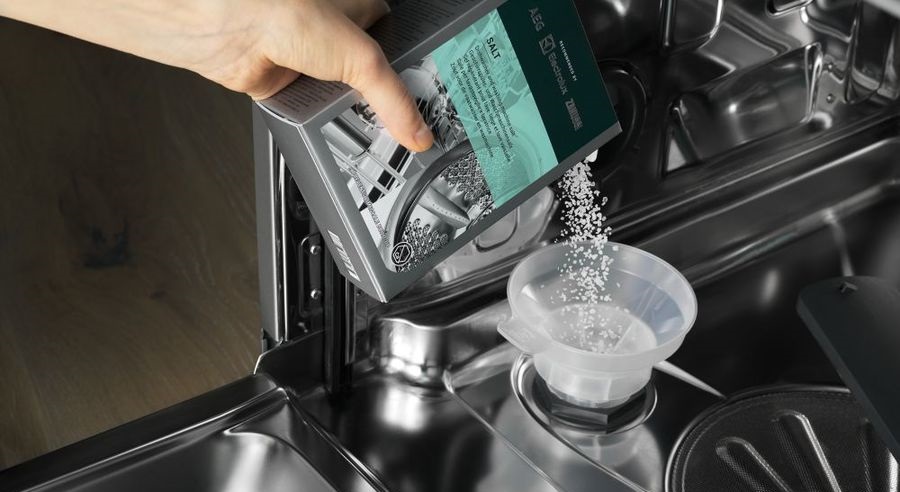
After loading salt, do not forget to set the salt consumption settings. You can find out this indicator yourself by using special test strips, which often come with dishwashers. If you do not have this or any other test device, then the numbers can be viewed on the official website of the local water utility, where employees are required to publish data on the quality of water supply in a timely manner.
Equipment startup procedure
Only after all the manipulations described above can you proceed to turning on the device. Finally, check that the equipment is level, does not crush any hoses or wires, and that the shut-off valve for the water supply to the PMM is open. We start the device as follows:
- open the door of the washing chamber and check that nothing interferes with the free movement of the sprayer;
- we wash the unit’s garbage filter, for which it needs to be removed and rinsed under a powerful stream of hot water;
- connect the machine to the mains and activate it with the power button;
- select the operating mode. For the test idle cycle, you should select the longest program with maximum water heating. Most often, the intensive washing mode fits the described parameters;
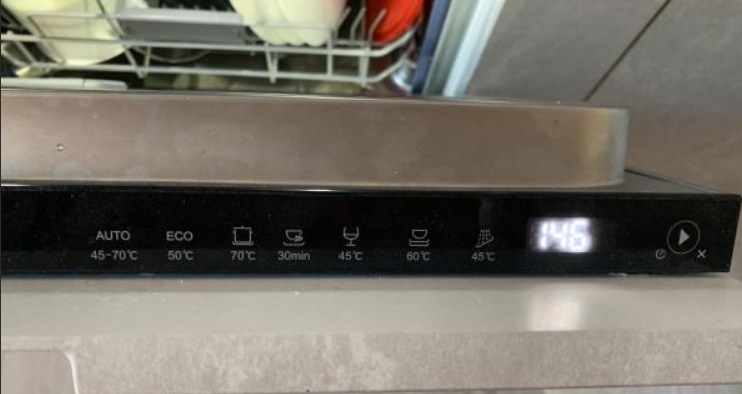
- close the door to activate the sink.
The test is also good because if during the test you discover a problem, you will have the opportunity to fix it in a timely manner before starting full operation of the PMM. If you discover a serious breakdown, then this is a reason to call the service center specialists.
If the test is successful, you just need to wait a few hours until the machine with the door open dries and cools down, and then you can start filling the baskets with dirty dishes to test the “home assistant” in action.
Interesting:
1 reader comment

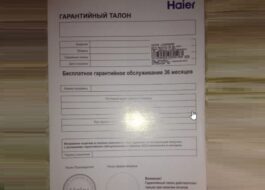


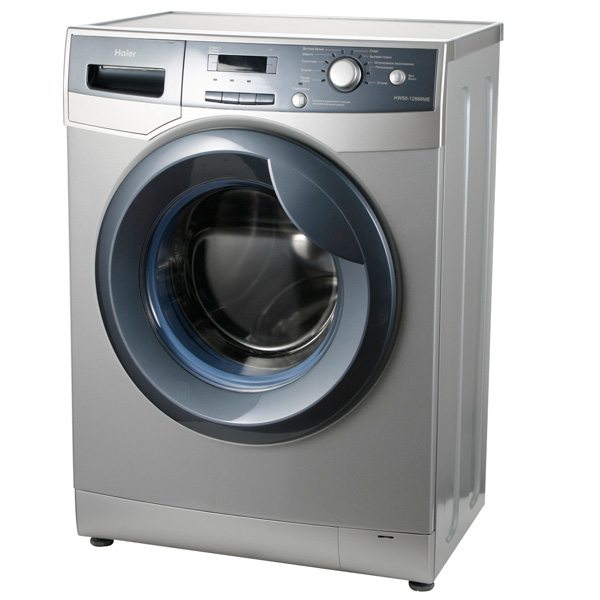
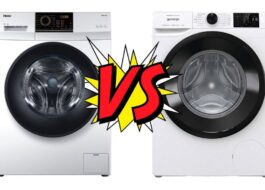















Good afternoon.
Do I need to turn off the rinse aid function if I use rinse aid capsules?